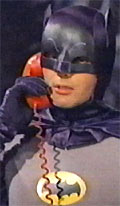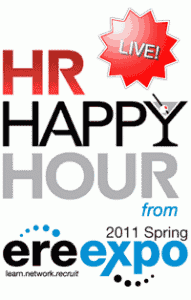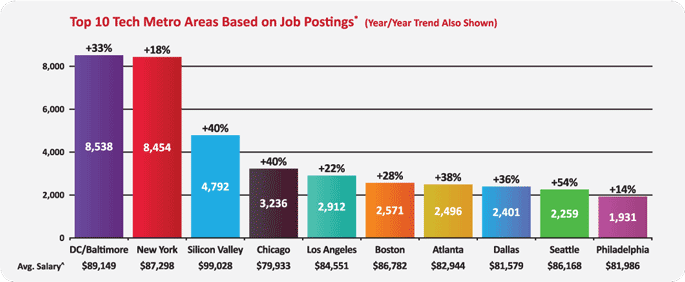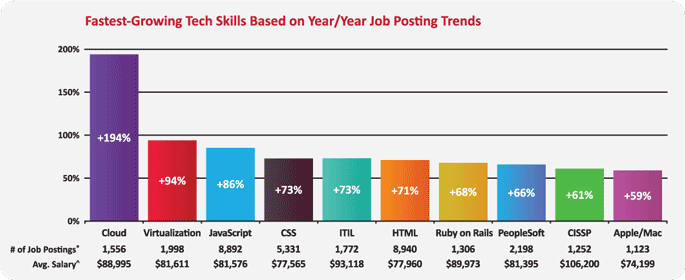Hold my calls
Recently a piece in the New York Times titled 'Don't Call Me, I Won't Call You', highlighted our increasing reticence and reluctance to talk on the phone. The article describes the downward trend in adults overall use of voice communications, with increasing time and energy spent on alternated methods of electronic communication - email, text, IM, and social network mediated methods. Can you just send me a text next time?
Can you just send me a text next time?
Past HR Happy Hour Show guest Sherry Turkle devotes an entire chapter of her book 'Alone Together' to this phenomenon. Various people that Turkle interviewed for the book offer explanations ranging from a teenager stating, 'You wouldn't want to call, because then you would have to have a conversation'; to an overworked Gen X professional sharing, '(phone calls) promise more than I am willing to deliver.' Throughout the chapter, we see again and again a general unwillingness to share that most precious commodity in our overscheduled, hyper-connected lives, something known as 'private cell phone time.'
And so whether it is hard date from sources like Nielsen; phone call activity logs kept by recruiters or salespeople; or even personal or anecdotal evidence - once we have accepted this lack of interest or desire of many friends, colleagues, or customers to take our calls what matter know is what we choose to do with this information.
It is common in many sales and recruiting roles for organizations to place quotas on the number and repetitive frequency of calls made to customers, prospects, or potential candidates. These requirements often stem from historical trends - 'X' number of calls will yield 'Y' number of prospects, which will result in 'Z' sales. It is simple, or simple enough math. If you aren't having much luck moving the 'Z' number, then simply fire up the coffee pot and keep dialing, eventually history says the numbers will move in your favor.
But taking that kind of an approach can only work for so long - if indeed there is (and most indications seem to be bearing this out), a more widespread trend favoring other methods of communication, or perhaps more accurately avoiding the phone, then the design of strategies, rewards, performance metrics, and job descriptions that attempt to proscribe particular methods of communication and contact might need to be reconsidered.
A better approach that attempts to account for the ever-changing preferences and profiles of the target market might be something more like, 'We need you to make 'Z' sales. In the past, it would take about 'X' calls to make that happen, but since no one answers the phone any more, we really don't know how many calls you will need to make. In face, making more calls might not be the answer at all. Maybe you have to figure out a new strategy, that factors in blogs, LinkedIn, Twitter, and SMS. Fact is, we don't know. You figure it out.'
The broader issue is, I think, when we try to prescribe to colleagues and employees 'exactly' how to accomplish something, then that becomes the way they will attempt to meet their goals. Once the presciption starts breaking down, we might not have given them the freedom, or equipped them with the capacity to adapt quickly enough to address the changing conditions.
When the only thing we know how to do is dial the phone, a world where no one answers any more is quite scary indeed.

 Steve
Steve





